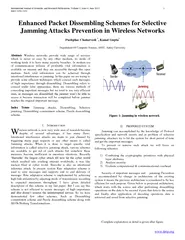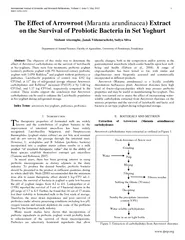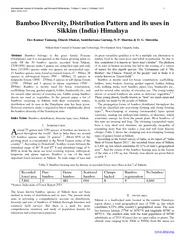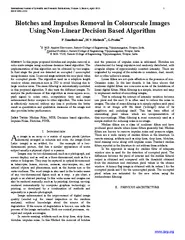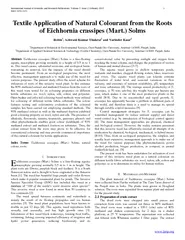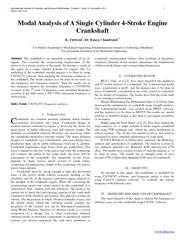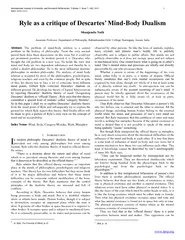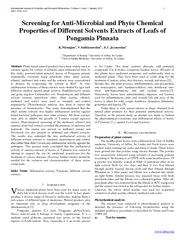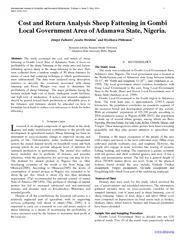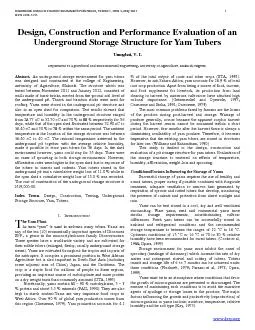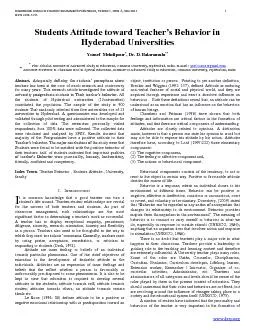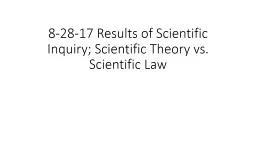PDF-International Journal of Scientific and Research Publi
Author : alexa-scheidler | Published Date : 2015-06-02
In modern era of communication trillions of profitable vital information is available on internet and they are accessible through this open medium Such vit al information
Presentation Embed Code
Download Presentation
Download Presentation The PPT/PDF document "International Journal of Scientific and ..." is the property of its rightful owner. Permission is granted to download and print the materials on this website for personal, non-commercial use only, and to display it on your personal computer provided you do not modify the materials and that you retain all copyright notices contained in the materials. By downloading content from our website, you accept the terms of this agreement.
International Journal of Scientific and Research Publi: Transcript
Download Rules Of Document
"International Journal of Scientific and Research Publi"The content belongs to its owner. You may download and print it for personal use, without modification, and keep all copyright notices. By downloading, you agree to these terms.
Related Documents

